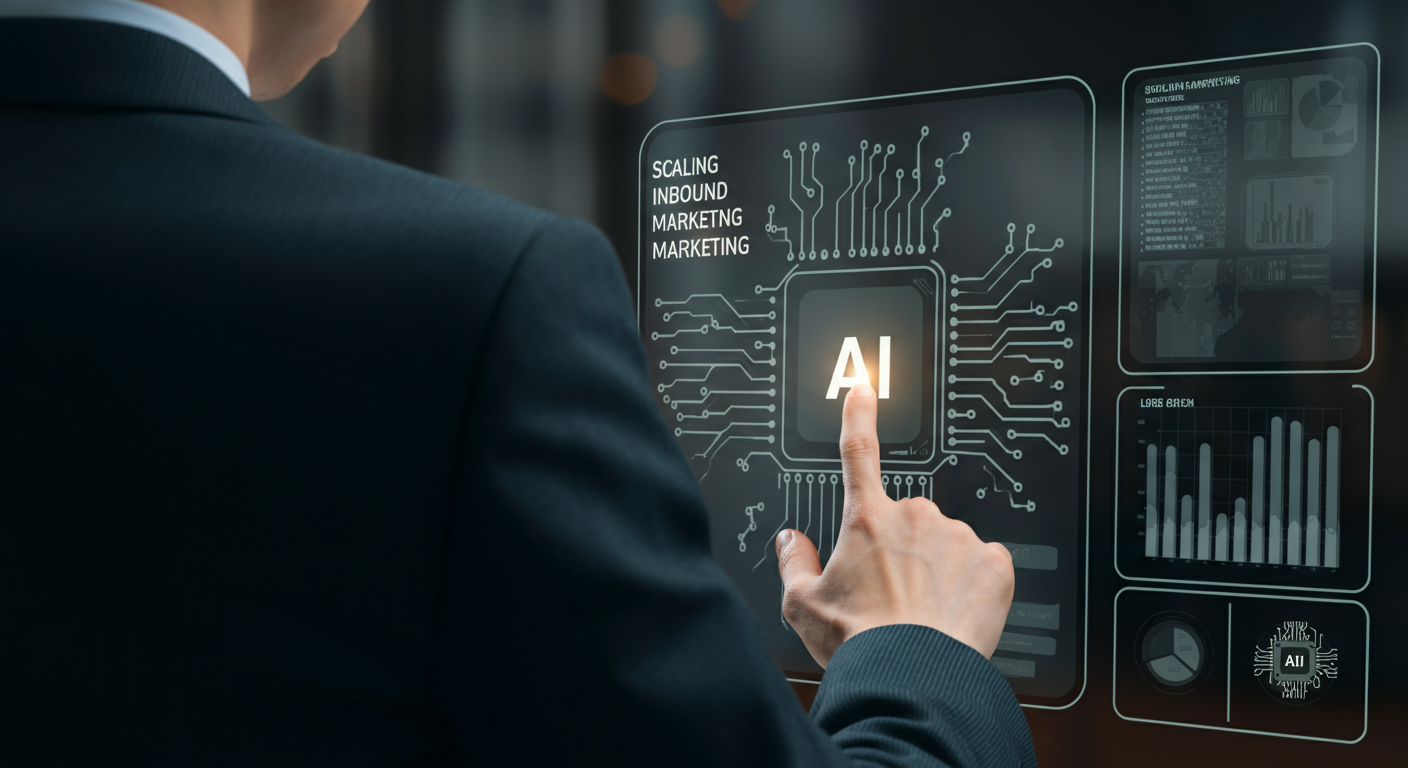As inbound marketing continues to evolve, marketers are seeking ways to scale content production without sacrificing quality. Generative AI has emerged as a game-changer, enabling teams to produce personalized, data-driven content at unprecedented speeds.
What Is Generative AI?

Generative AI refers to artificial intelligence systems that can create new content—text, images, or multimedia—based on training data. Models like GPT-4, DALL·E, and others analyze patterns in vast datasets to generate human-like output, making them ideal partners for inbound marketing initiatives. Learn more about Inbound Marketing Explained: How to Attract, Convert & Delight Customers.
Benefits of Generative AI in Inbound Marketing
- Content Scale and Speed: AI can draft blog posts, social updates, and emails in minutes, accelerating your content calendar.
- Personalization at Scale: By leveraging customer data, AI tailors messages to audience segments, boosting engagement and relevance.
- Enhanced Creativity: AI-powered ideation tools help teams brainstorm catchy headlines, topics, and CTAs.
- Data-Driven Insights: AI analytics identify trending topics and performance patterns, informing your strategy.
Best Practices for Scaling Inbound Marketing with AI

- Define Clear Objectives: Establish goals for AI-generated content, such as lead generation or brand awareness.
- Maintain Brand Voice: Use style guidelines and training data to ensure consistency across all outputs.
- Ensure Data Quality: Clean, structured customer data improves personalization and reduces errors.
- Test and Iterate: A/B test AI-generated assets, refine prompts, and optimize workflows based on performance metrics.
Integration Strategies
To seamlessly integrate generative AI into your existing inbound workflows, consider:
- Choosing the Right Tools: Evaluate AI platforms that align with your tech stack and compliance needs.
- Training Your Team: Provide hands-on workshops to teach best practices and ethical considerations.
- Establishing Governance Policies: Define usage guidelines to maintain quality and legal compliance.
- Leveraging Automation Platforms: Connect AI tools with CRM and marketing automation for end-to-end workflows.
Avoiding Common Pitfalls
While AI offers significant advantages, be mindful of:
- Over-reliance on Automation: Balance AI with human oversight to preserve authenticity.
- Data Privacy Concerns: Comply with GDPR, CCPA, and other regulations when handling personal data.
- Content Accuracy: Fact-check AI outputs to prevent errors or misleading claims.
- Ethical Considerations: Avoid biased or insensitive language by reviewing AI-generated copy.
Measuring Success
Track key metrics to ensure your AI-driven inbound strategy delivers ROI:
- Engagement Rates: Monitor click-through and social interaction to gauge interest.
- Lead Quality and Volume: Assess conversion rates and lead scoring improvements.
- Conversion Rates: Evaluate how AI-generated calls-to-action perform against benchmarks.
- Time and Cost Savings: Calculate efficiency gains from automating repetitive tasks.
Conclusion
Generative AI represents a powerful tool for scaling your inbound marketing efforts. By following best practices, integrating thoughtfully, and measuring results, marketers can harness AI to drive sustainable growth and deeper customer connections.




